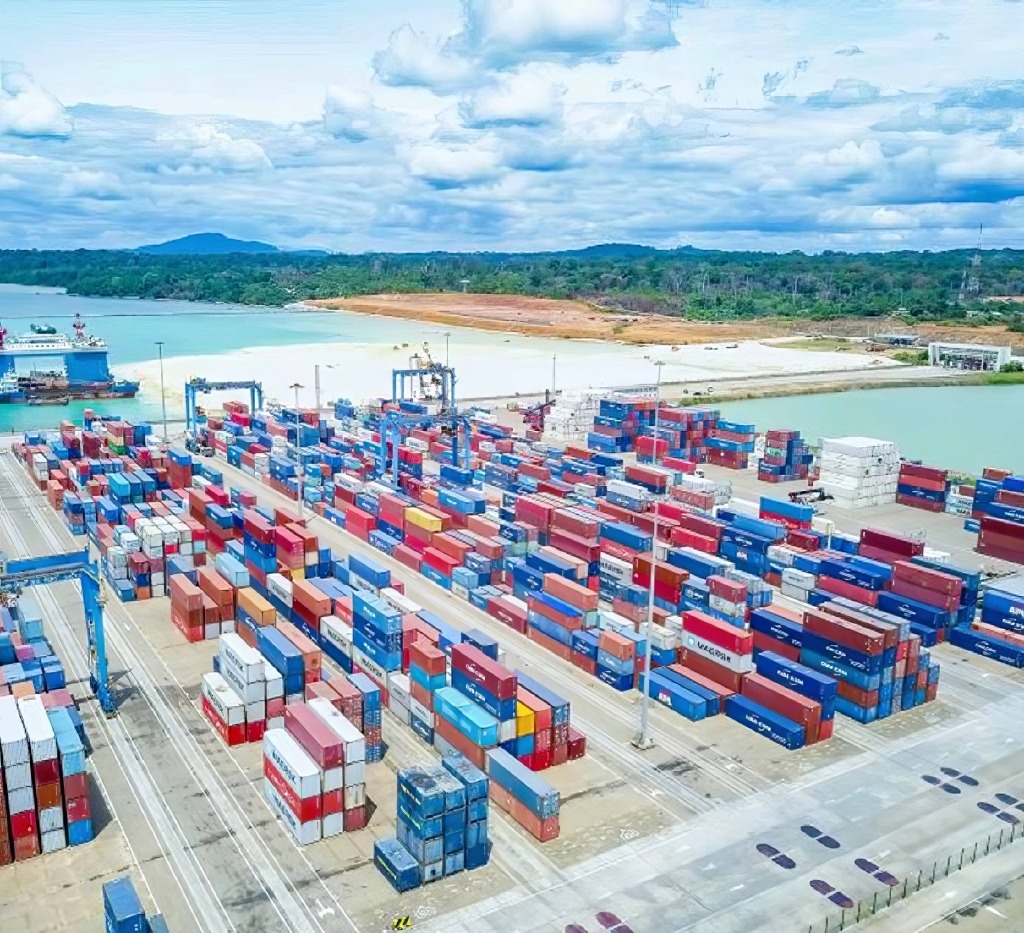Liebe ZIAF-Mitglieder und -Freunde,
Wir laden Sie herzlich zur verschobenen ZIAF-Lecture am 29.11. 23 um 19.00 Uhr, Hörsaal 14 im Hörsaalzentrum Campus Westend sowie zu einer anschließenden Feier zum 20-jährigen Bestehen des ZIAF ein.
Die ZIAF-Lecture 2023 wird von Prof. Mesmin T. CHINDJANG von der Universität Yaoundé gehalten:
New infrastructure projects in Africa: environmental dynamics and the role of Asian actors. The example of the Kribi port development project in Cameroon.
The African continent holds a considerable economic potential. Inspired by the exemplary economic dynamism of the newly industrialized countries of Asia and Latin America, many African countries aspire to become emerging economies in the near future. Cameroon is no exception in this regards. Industrialization occupies a central place in the new long-term plans in Cameroon through projects for the construction of physical infrastructure, institutional reforms and the financing of business development. The development of the Kribian coast plays a central part in the development strategy of Cameroun. Since 2008 many planned infrastructures have been gradually built. This new dynamic has completely changed the face of Kribi and has only been made possible thanks to Asian funding, particularly Chinese, which has become Cameroon’s leading creditor and economic partner. Whether it is the Kribi Port Authority, the Kribi-Lolabe highway, the Mamelles massive iron project, the Mbalam railway, the Memve’ele dam…all of these projects have been entrusted to Chinese companies. Overall, Asian actors are those who have made the most achievements and as such, China is at the top of the companies operating on more than 80% of infrastructure projects in Cameroon.
The environmental dynamics linked to these constructions are numerous and range from the expected socio-economic development to population growth, as well as deforestation and a certain level of indebtedness of the country. Unfortunately, the socio environmental impacts of this strategy on the rights of the poorest rural and indigenous population, who very often depend on natural resources for their survival, are not always sufficiently considered, and it is likely that rural communities will end up paying a very high price for infrastructure development. The example of Kribi through the autonomous port and dedicated infrastructure will allow us to illustrate this infrastructural, environmental and social dynamic.
Mesmin T. CHINDJANG is a Permanent professor at University of Yaoundé 1 and scientific consultant. He obtained a PhD in Paris 7 in France in 1996 on geomorphology, surface dynamics and natural hazards. His areas of investigations are: tropical geomorphology, natural hazards and vulnerability, environmental studies, climate change and land use. Professor Tchindjang has worked with organizations such as the UNDP, GIZ, WWF and the World Bank in Cameroon in various fields of natural hazards, protected areas and landscape resilience.

